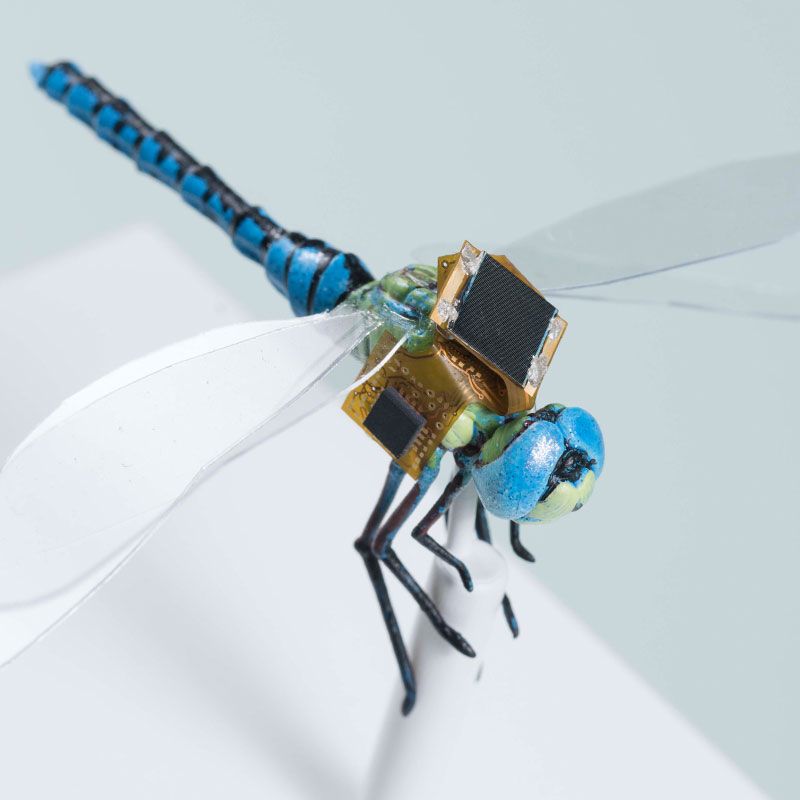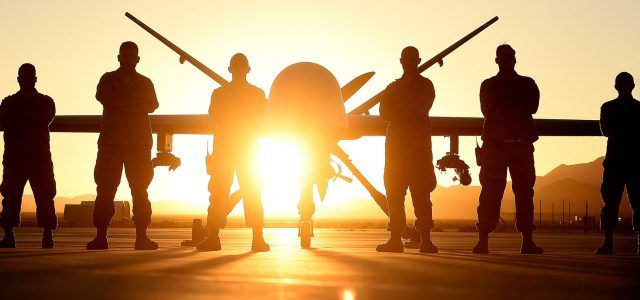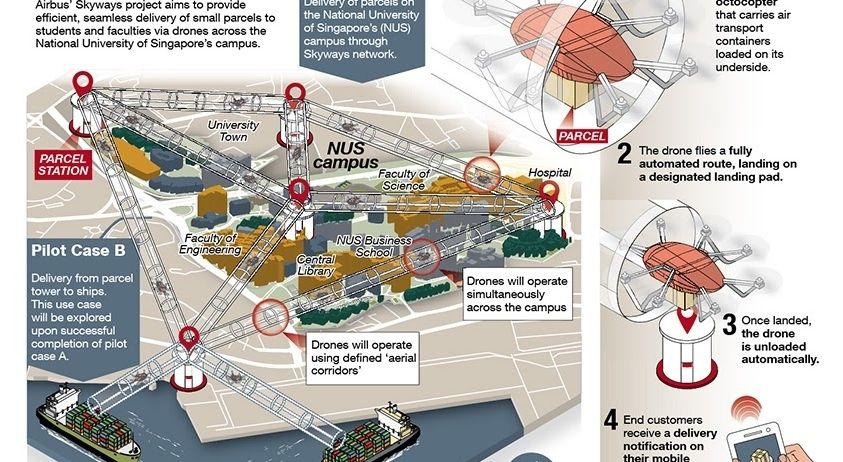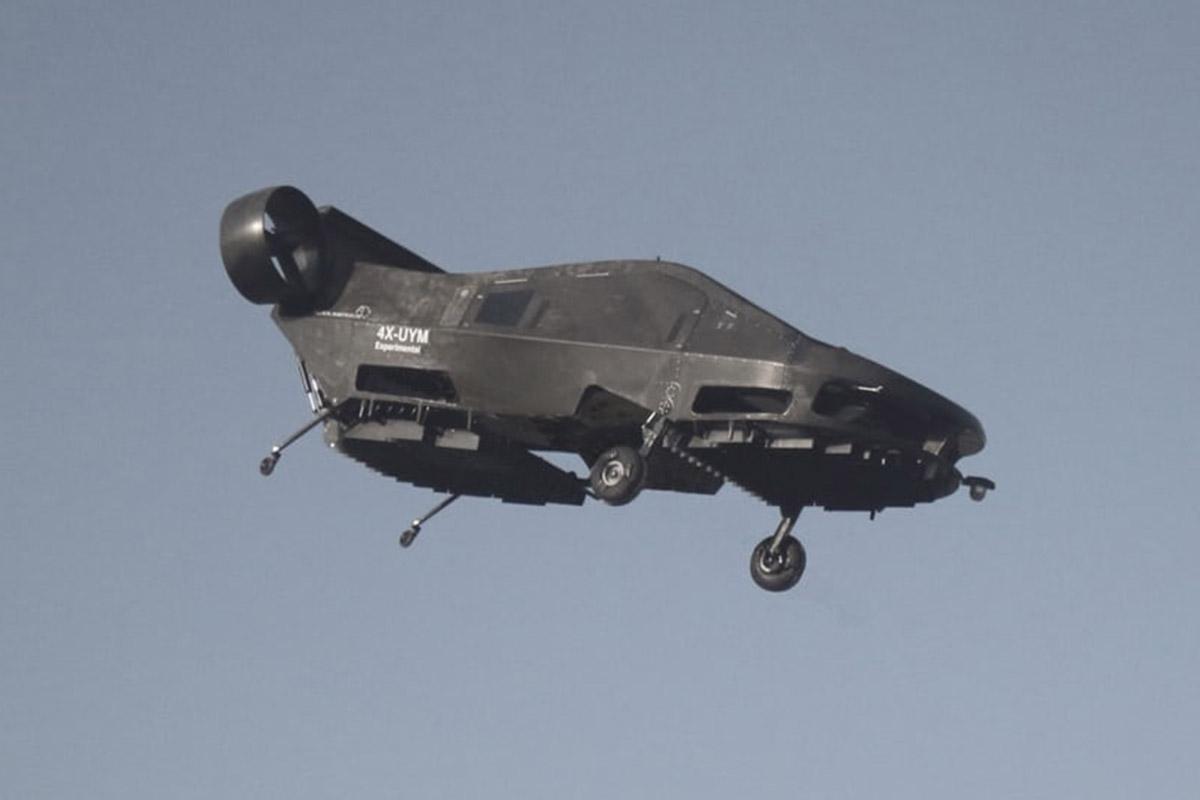Bullfights arouse strong feelings on both sides. Their aficionados see them as a place of near reverence, where animal and man engage in an athletic dance summoning the shadows of mankind’s struggles for both dominance over and stewardship of his natural counterparts. Opponents of the sport decry its violence and bloodshed, the unnecessary cruelty of what they see as a prolonged infliction of torture upon one of our planet’s fellow creatures. In 2012, Catalonia, the region of Spain that contains Barcelona, agreed more with the latter characterization than the former and banned the sport.






